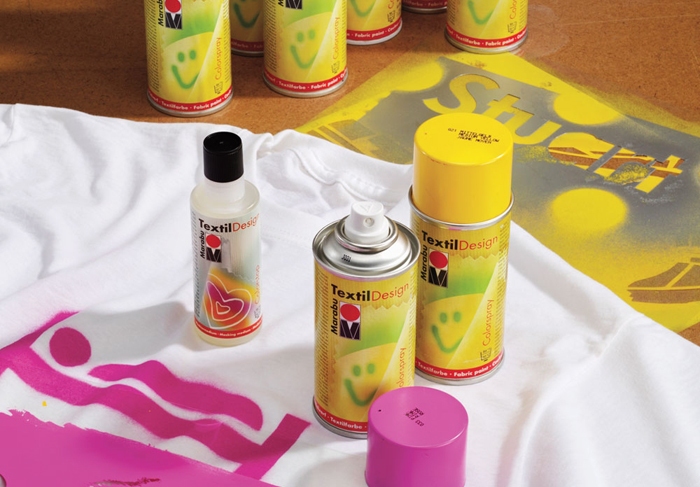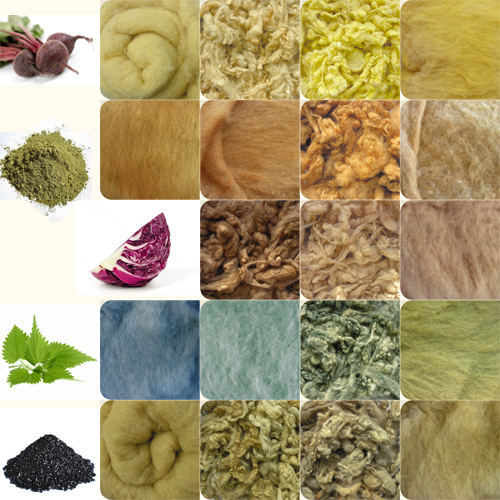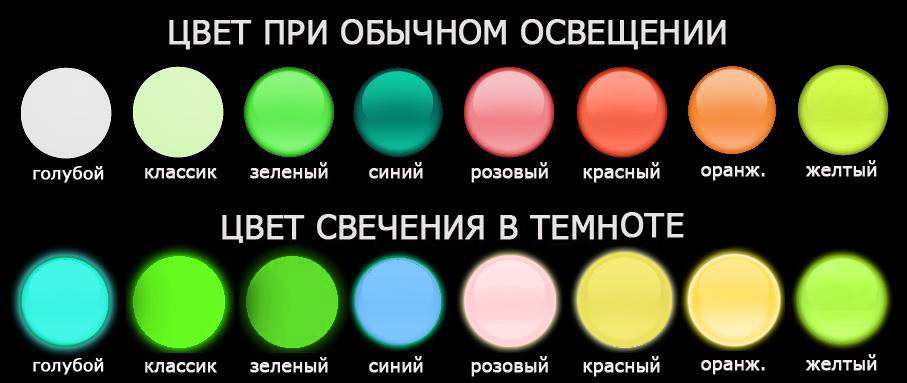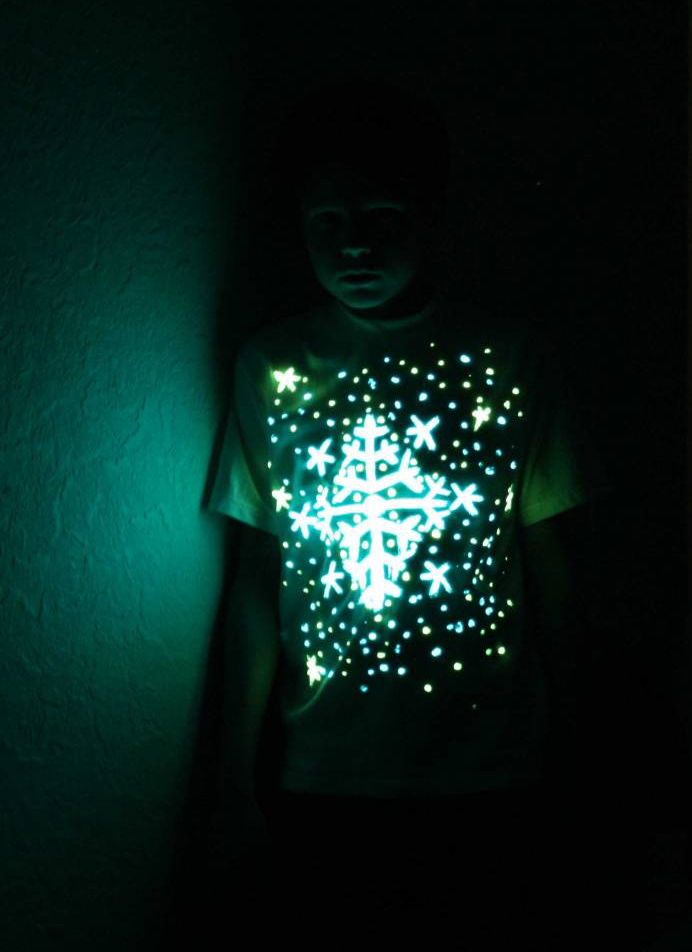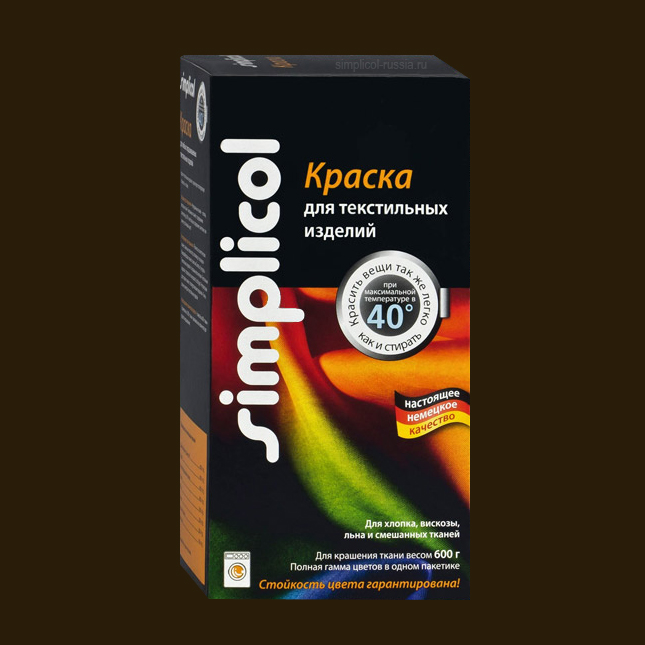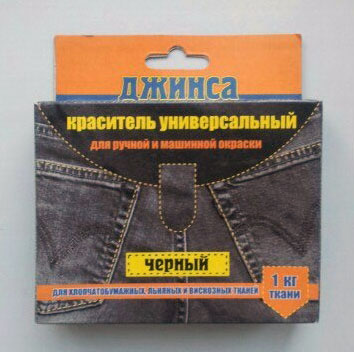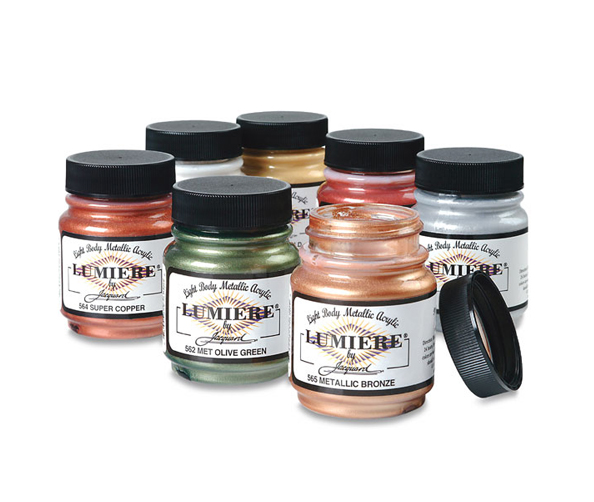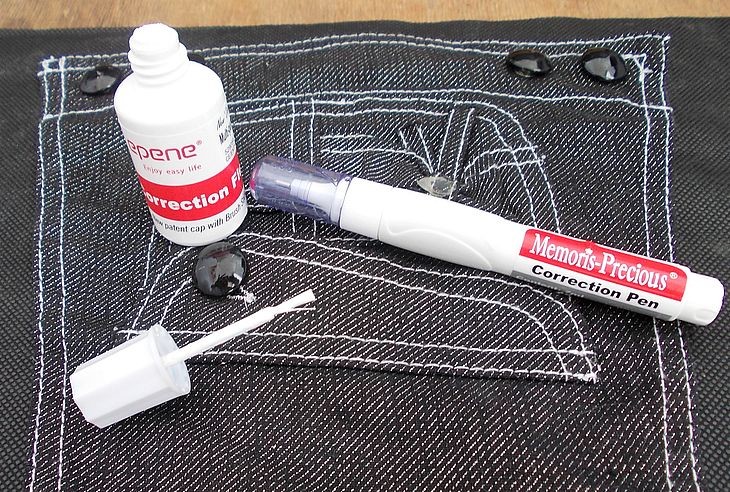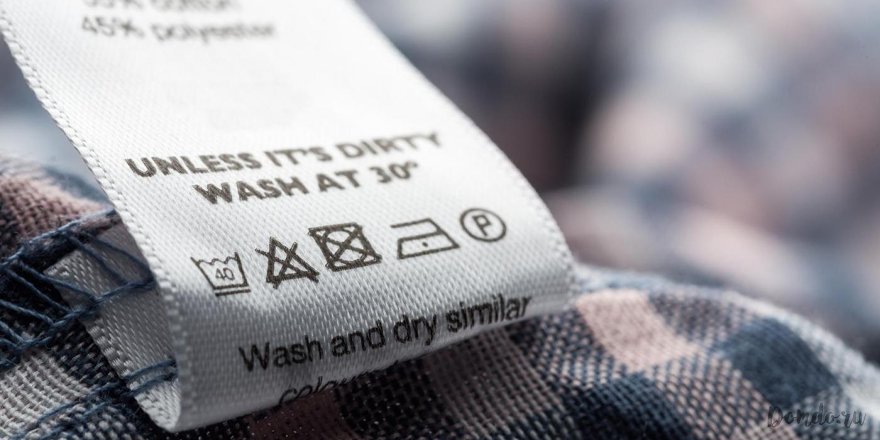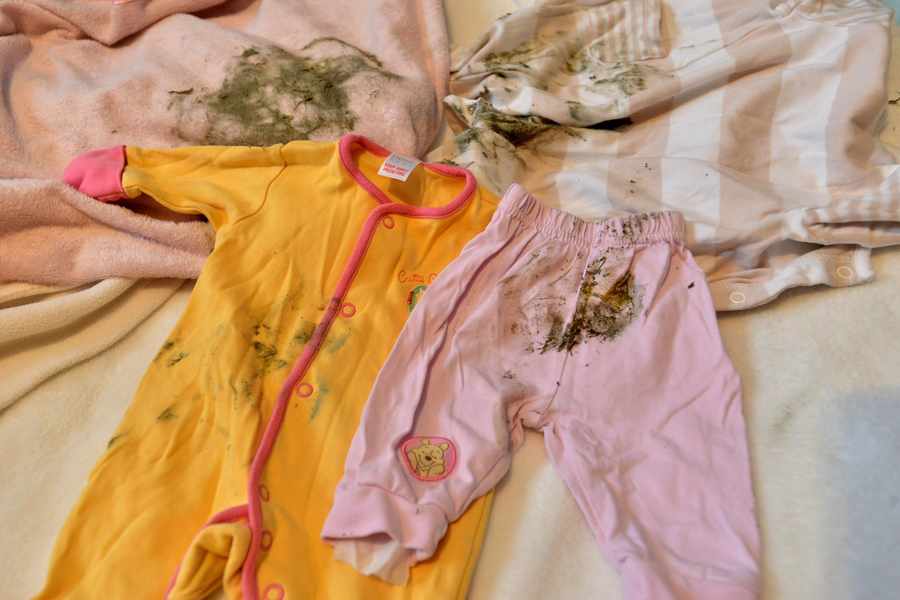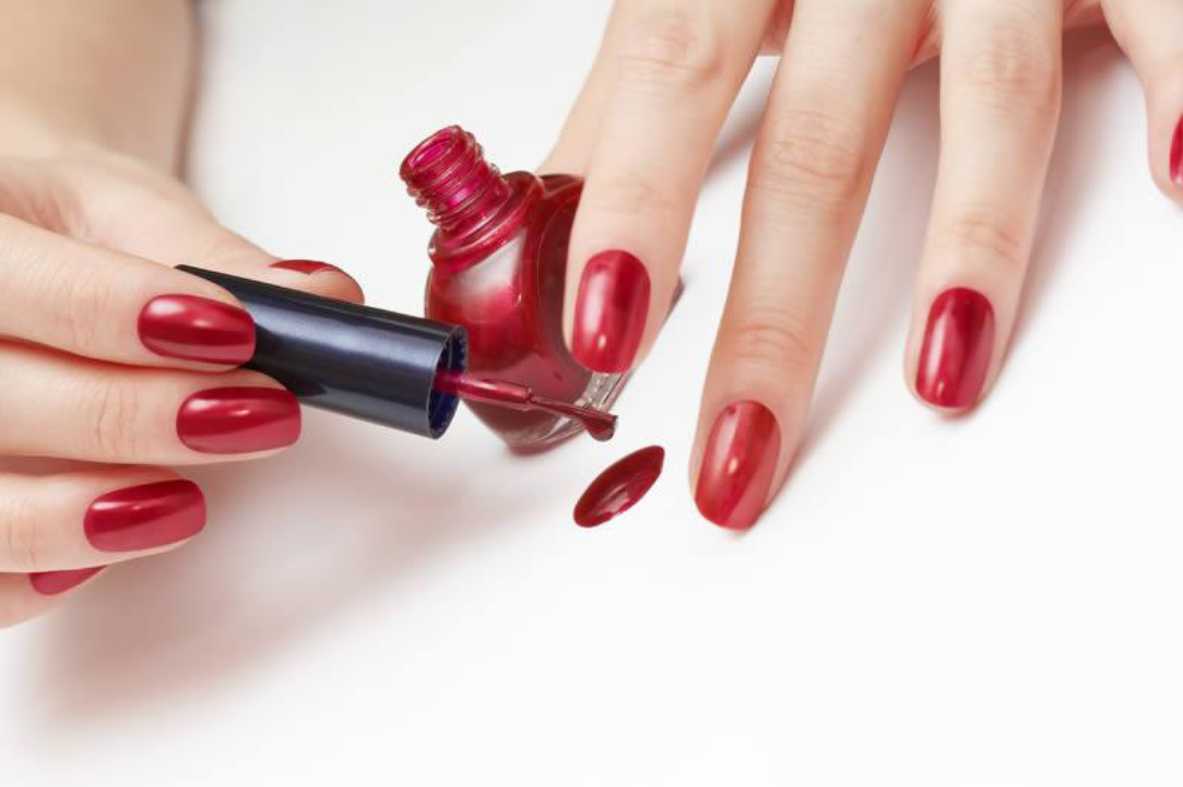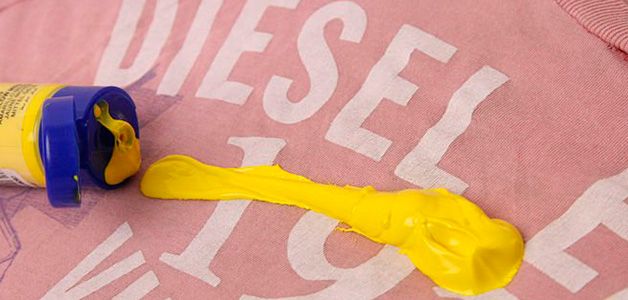Have your favorite clothes lost their attractive appearance? Has the color become faded or is there a lack of some bright accent? At home, clothes paint will help give things an updated look. It remains to decide: to completely paint in a different color or use different techniques for decorating clothes.
Main types
There are several types of paints intended for coloring or decorating. Modern fabric paints are hypoallergenic, easy to apply to the product, well-fixed, and excess can be washed off with water.
For coloring
The color can be changed or restored using aniline or natural dyes. Suitable clothing is made of natural fabrics (cotton, linen, viscose) or with the addition of up to 50% synthetic fibers.
Aniline
Used for dyeing clothes made of natural, semi-synthetic fabrics, wool, leather, fur. Does not affect lavsan, nitron. Available in powder and liquid form. The color change process is performed in a washing machine or manually at a temperature of 30-40⁰С. Using the hot method, items with a dye solution are gradually heated to 95⁰С.
Natural
Infusions with natural components (onion peel, vegetable, berry, fruit juices, coffee, tea) are used. This type of coloring is environmentally friendly and has delicate color shades.
The process is similar to painting with aniline dyes, but the solution is heated to 50-60⁰C. Next, the pigment is fixed for 25 minutes in a 1% solution of potassium aluminum or iron ammonium alum. Rinse in a weak vinegar solution.
For decoration
Various compositions and forms of paints are convenient to use for painting on clothes in a variety of techniques (drawing, stencil, stamp).
Acrylic
The paint is made of odorless paint and varnish components, suitable for any materials and surfaces. The colors are bright, rich, do not fade. They dissolve well in water, so it is easy to create shades for the drawing. While the surface is wet, unsuccessful moments can be washed off with water. Available in spray cans, tubes, jars and stored at a temperature above 0⁰С.
Acrylic paint for clothes is applied with a brush to an image made with a pencil or a special marker. Using a clear or black outline, you can create smooth edges to the image. The dried design is ironed under a layer of paper or from the back of the product to fix it.
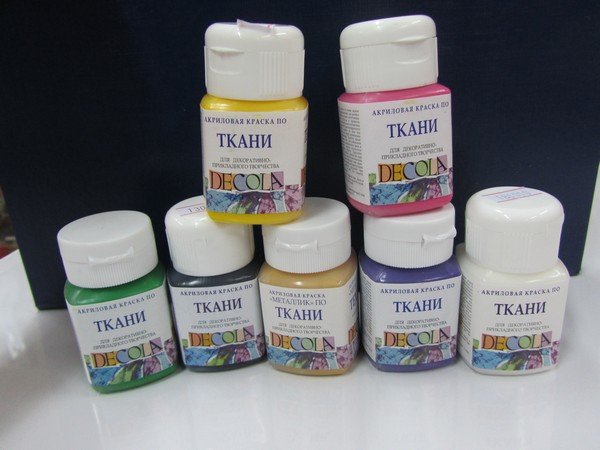
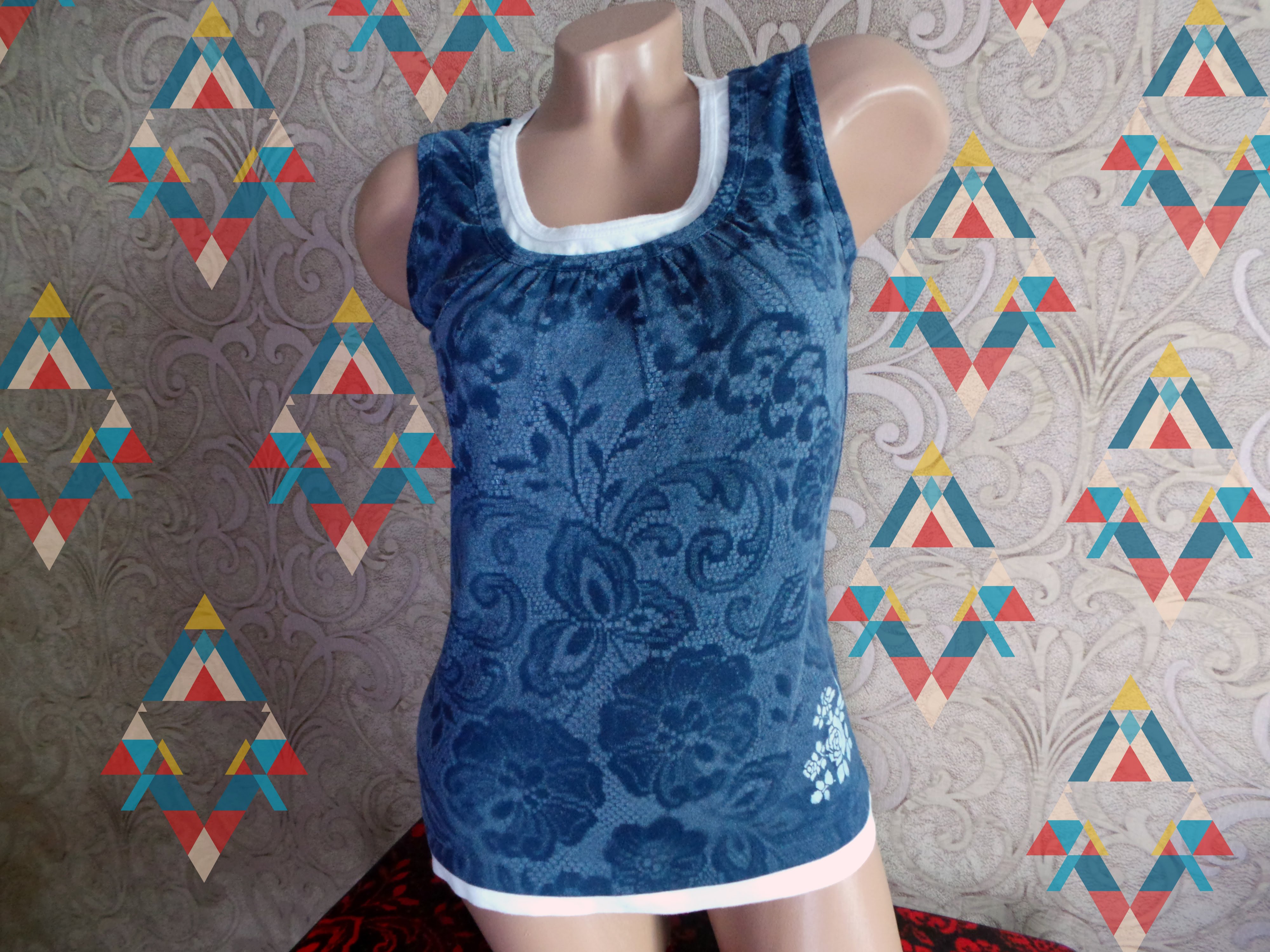
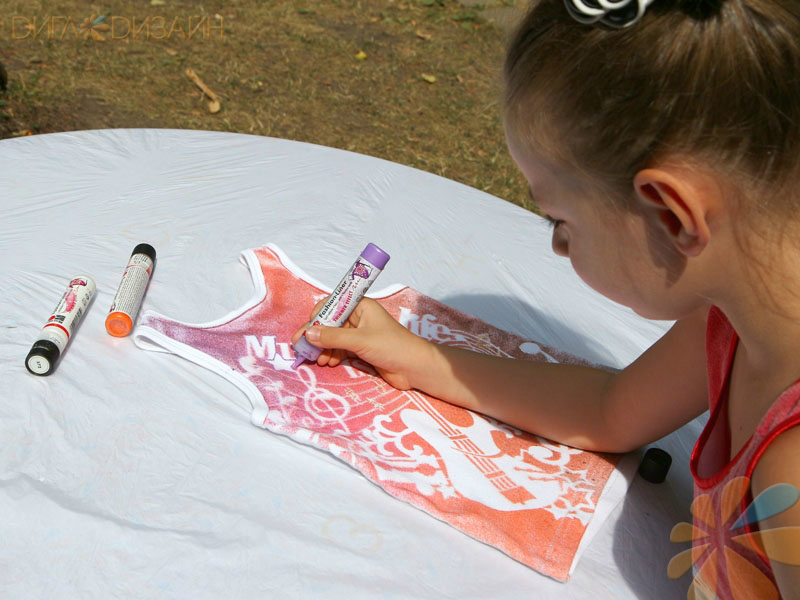
Aerosol
To make a drawing using the stencil technique, spray paint is suitable. It lays down well and is easy to use. It is used only for decorating clothes, since the fabric becomes stiff and does not stretch well with it.
Stages of work
- A film is placed inside the T-shirt or tank top to prevent the back of the product from getting dirty;
- Lay out the stencils;
- The can is shaken;
- Hold vertically and spray from a distance of 5-6 cm (if applied close, the quality of the decor changes).
After 40 minutes the drawing will dry and set.
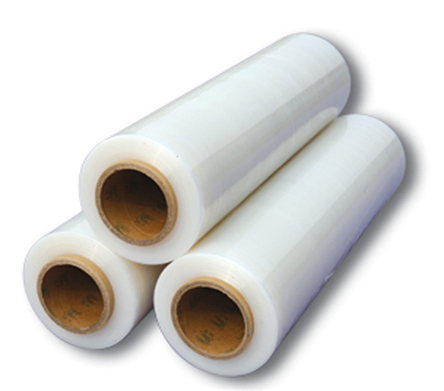


Glowing
Reflective paint is applied to any type of cotton items. Adult and children's clothing with an image that glows in the dark or under ultraviolet radiation looks spectacular. The paint contains luminophores (powder with colorless varnish). In the daytime, it is white or colored, in the dark it glows blue, green, yellow.
We choose by the type of fabric
Depending on the composition, the painting characteristics and the result change:
- Natural cotton, linen or semi-synthetic fabrics are well dyed at home. The maximum amount of synthetic fibers in the material should not exceed 50%. The more synthetics, the lighter the finished shade;
- Synthetic fabrics are not dyed or are dyed unevenly, in spots;
- Silk and viscose are dyed in cool water, gradually heating it almost to boiling point;
- Wool, leather and fur are suitable for painting.
There are several types of paints available on the market for dyeing and painting clothes.
Simple
This is the name of German paints, characterized by a rich color range, high quality of color fixation in one stage. Simplicol is intended for different materials:
- Natural fabrics in warm water;
- Silk, coarse types of wool, polyamide in hot water above 60⁰C;
- Underwear made of nylon, perlon (at high temperatures you get rich colors, at low temperatures – delicate ones).
Universal paint "Technohim"
Dye of Russian production. Effective on linen, cotton, viscose, silk materials, as well as on fabrics with an unknown composition. The color is bright, rich, and well preserved.
Dylon
Dye tulle, clothes made of silk, cotton, linen, wool. Perfect for hand dyeing, even without heating. Following the instructions, you will get a rich shade. To preserve it, rinse the item in a weak vinegar solution.
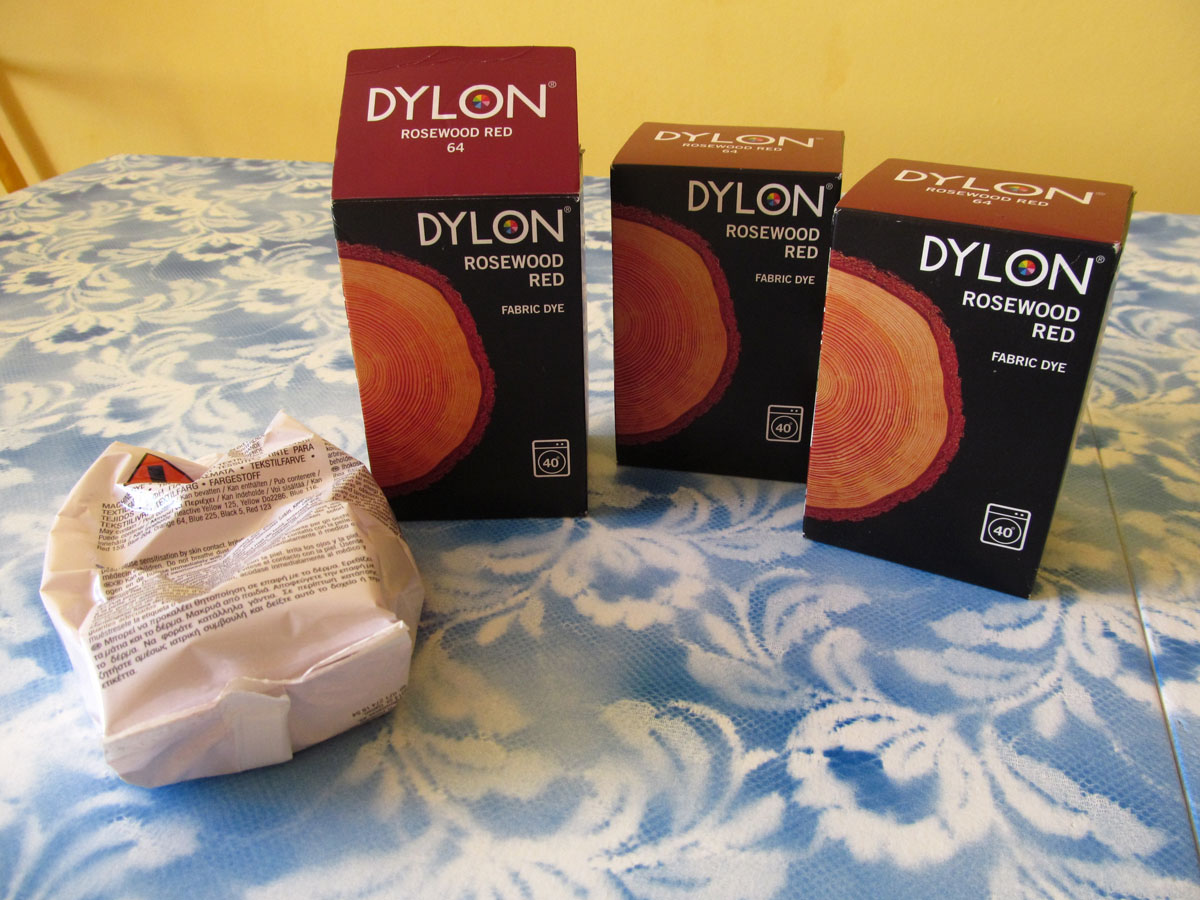
Javana
It is used for painting silk and synthetic items. Elegant decoration is done with a thin brush, and voluminous decoration is done with a sponge or an aerosol can. The design is fixed with a hot iron, ironing from the reverse side for 3 minutes.

Jacquard
Used for decorating textile materials. Acrylic composition is diluted with water, penetrates deep into the fibers, colors evenly, attracts with a variety of colors.
Preparing clothes for painting
Preliminary preparation of clothing is necessary for uniform dyeing of the product. If you have no experience in dyeing, it is advisable to experiment on old things, a piece of similar fabric.
How to prepare for painting:
- The clothes are washed, stains are removed as much as possible. Rinsed without rinse aid;
- They study the label and determine the composition of the fabric;
- Weigh and turn inside out;
- To ensure the product is dyed better, soften the water by adding salt;
- For manual painting with heating, use an iron container, place a board on the bottom so that the clothes do not burn, and stir with a wooden spatula.
On the packaging, manufacturers indicate the weight of items recommended for dyeing. If it is higher, then the amount of dyeing composition is increased or the items are divided into two batches. Buy paint that is a few shades darker than the original color of the item; light fabrics are dyed well, but less intensely. The brightness of the finished product depends on the following factors:
- Fabric composition (the more synthetic fibers, the lighter the shade will be);
- Original color (light products - lighter, dark ones in tone - richer color);
- Dyeing time (the longer the period, the brighter the shade);
- Gradually heat and stir (the longer, the richer the color);
- Compliance with the weight recommended on the packaging.
The fabric around decorative elements may not be dyed, if possible, they are removed. When sewing new things, the product is first ripped open, then there will be uniform dyeing. Thick, woolen things are ripped open in 3-4 places so that the dye penetrates well.


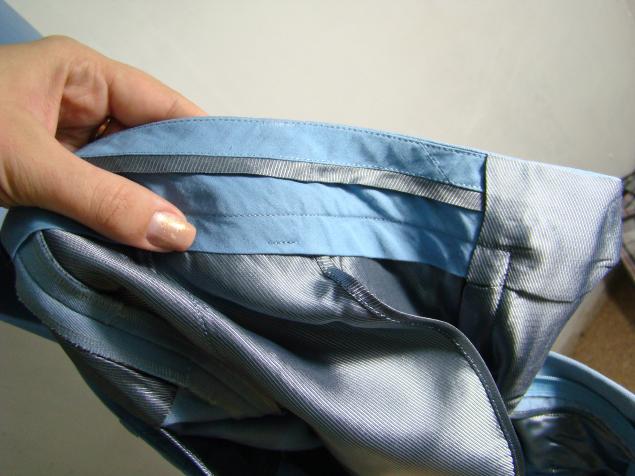

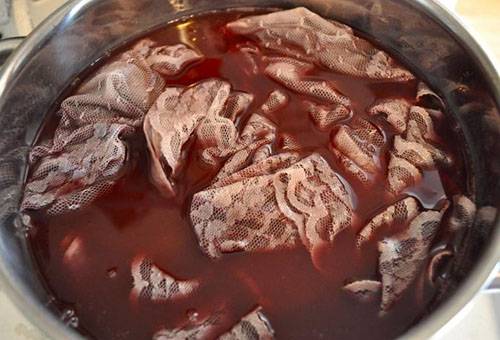
How to take better care
The quality of home dyeing differs from factory dyeing, so more careful care of the clothes is required.
Tips on how to keep your color longer
- The first few washes should be done separately, as the paint may come off quickly;
- Use washing powder for colored items;
- Wardrobe items painted with acrylic paints should be hand washed at a temperature not exceeding 40⁰C;
- Rinse separately after washing to fix the color, adding vinegar to the water;
- Dry in the shade (the product will fade when exposed to sunlight).
Modern ideas for dyeing clothes allow you to create new creative images of your favorite things at home. A little imagination, desire and creative experiment will please you with its interesting result.
Video

